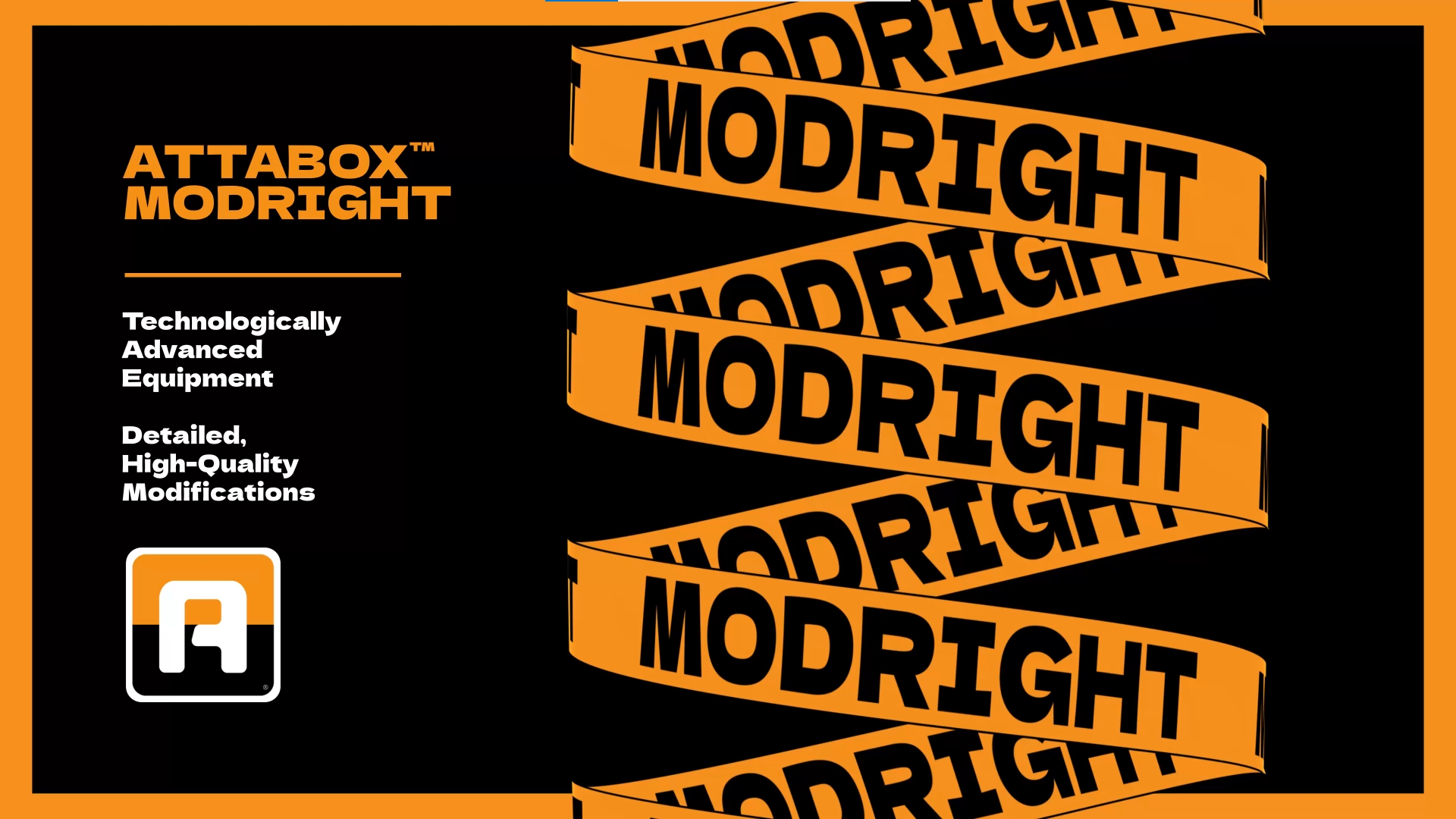Most people have drilled holes at one point or another, whether it be for manufacturing, carpentry, or the odd DIY project. So how hard could drilling polycarbonate be?
Perhaps not surprisingly, making modifications to non-metallic enclosures is significantly easier than doing so to metallic enclosures due to differences in the materials’ flexibility and structural integrity.
Though drilling holes in polycarbonate enclosures might seem simple enough, there are certain techniques that can be used to ensure the job is done with maximum quality.
What can go wrong during the drilling process?
The main failure that occurs when holes are drilled improperly is the delamination of the outer surface, resulting in a sharp edge. Excessive chipping around the perimeter of the cutout or hole is usually due to improper tool usage and the application of faulty methods. Delamination can be caused by tearing that occurs when excessive material or improperly sheared fibers are removed. Delamination can cause the enclosure to become aesthetically unappealing, and worse, lead to assembly and functionality problems down the line.
What can be done to ensure a clean, smooth drilled hole without delamination?
The single most important factor is keeping a very sharp tool; dull tools tend to rip or tear the material. A little planning and a solid understanding of the proper methods of machining polymers can make all the difference when the time comes to actually drill.
A recommended tool for proper hole drilling is a carbide-tipped or Polycrystalline Diamond (PCD) tipped hole saw or twist drill bit that will maintain a sharp cutting edge. High-Speed Steel (HSS) tools will work as well, though they tend to become dull more quickly, resulting in excessive chipping and rough edges. Using a drill with a positive rake angle and thin points or split points can help reduce cutting pressure.
It's also important to keep in mind that drill bits made for plastic, such as acrylic and polycarbonate, are significantly different than those used for drilling wood or metal. Using the wrong drill bit can cause the tool grab while you are drilling, leading to chipping at the edge of the hole.
Once you’ve begun utilizing the correct drills with the proper bits, be sure to use high RPMs and constant feed rates when drilling a hole. High RPMs keep the drill from snagging the polycarbonate, and feed rates should be only be reduced as the drill exits the hole in order to eliminate flexing of the material that could cause delamination.
Other options for drilling holes include:
Hole Saws
The easiest and least complex method to create an opening in a polycarbonate enclosure is to use a fine-toothed hole saw. You must first lay out the size and location of the cutout (often with masking tape) pre-drill a small hole in the center within the cutout area for the hole saw to start, and then carefully cut out the area to be removed. This is a time-consuming option, and has the potential to be the least accurate, but it can be accomplished in almost any environment. Keeping the saw perpendicular to the cutting surface, maintaining a consistent sawing action, and using a diamond/carbide impregnated or fine-toothed saw will provide the highest quality cutout with minimal edge chipping.
Routing
This method produces very clean holes and cutouts, but it might not be achievable in all locations. Routing also requires the holes to be manually laid out beforehand and a steady hand to stay within the layout lines. The use of a jig or fixture to help guide the handheld router, or the use of CNC machining centers, is helpful to maintain straight edges and clean cutouts. The use of diamond impregnated router bits is preferred for longevity, but carbide bits will work just as well.
Punching
Punching is not usually recommended on polycarbonate enclosures. Using a standard hole punch can produce a good clean hole, but if the punch is dull, it can leave chipped edges. Again, maintaining sharp tools is essential to producing clean cutouts. A pilot hole is required before using a standard hole punch. Manual or hydraulic punch actuators can both be used with composite materials.

Letting AttaBox drill the holes for you!
Did you know AttaBox can modify your enclosures for you? In addition to holes and cutouts made to your exact specifications, we provide:
- Custom mold-in colors
- Silk screening & Digital Printing
- EMI/RFI shielding
- Custom window sizes
- Custom size enclosures
